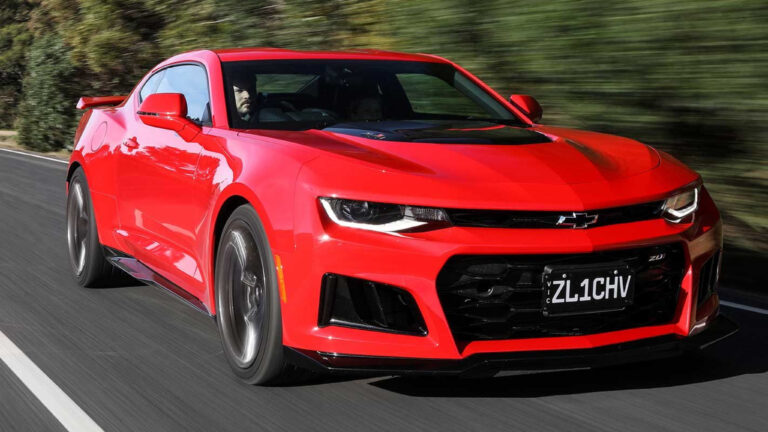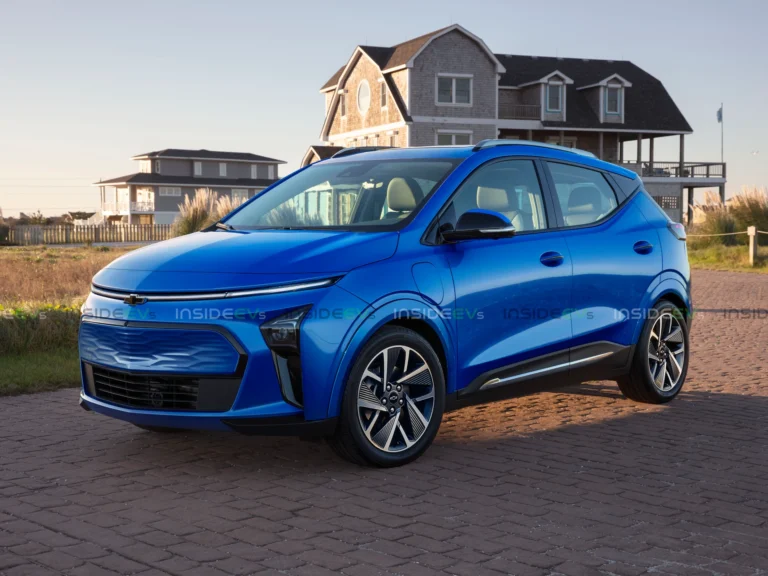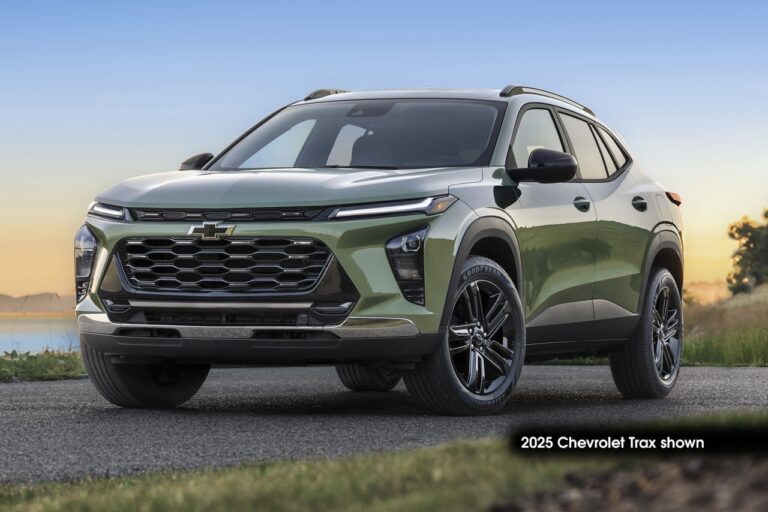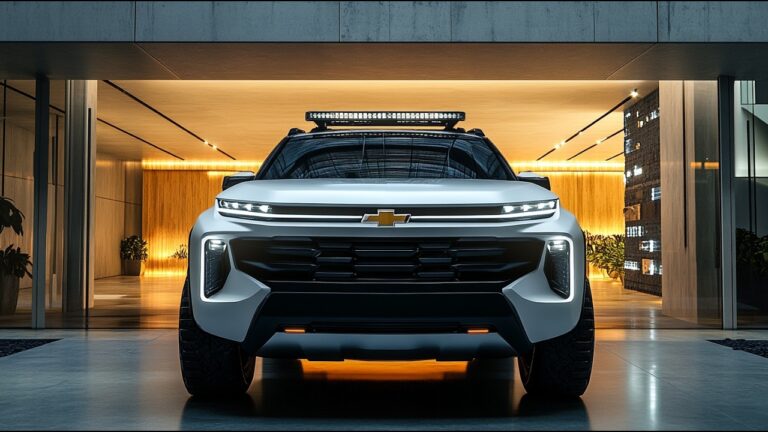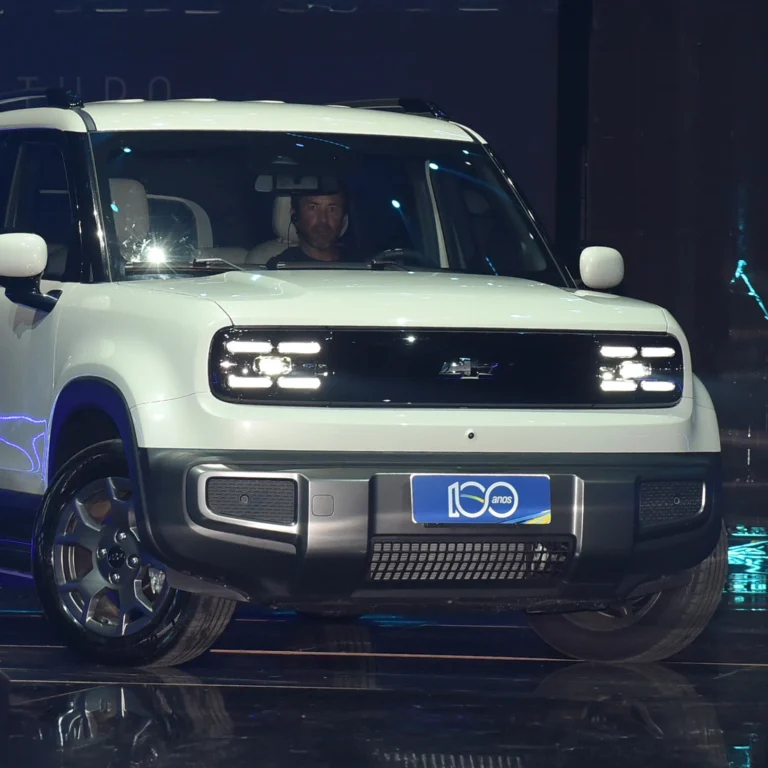2026 Chevy Malibu Price: Unveiling the Future of Midsize Sedans
Overview of 2026 Chevy Malibu Price
The 2026 Chevy Malibu is the latest addition to the Chevrolet lineup, and it’s expected to hit dealerships in late 2025. The Malibu is a midsize sedan that competes with the likes of the Honda Accord and Toyota Camry. It’s known for its comfortable interior, fuel-efficient engine, and sharp handling.
The price of the 2026 Chevy Malibu will vary depending on the trim level and options chosen. However, the base price is expected to start around $26,000. This is slightly higher than the starting price of the 2025 Malibu, but it’s still competitive with other midsize sedans.
Factors that Could Influence the Price of the 2026 Chevy Malibu
There are a number of factors that could influence the price of the 2026 Chevy Malibu. These include:
- The cost of materials
- The cost of labor
- The demand for the Malibu
- The competition from other midsize sedans
Comparison with Competitors’ Prices
The 2026 Chevy Malibu competes with several midsize sedans in the market. Some of its key competitors include the Toyota Camry, Honda Accord, and Hyundai Sonata. To assess the competitive landscape, it is essential to gather data on the prices of comparable models from these competitors.
Pricing Comparison
Based on available information, the starting price of the 2026 Chevy Malibu is expected to be around $25,000. This is comparable to the prices of its competitors:
– Toyota Camry: $25,395
– Honda Accord: $25,500
– Hyundai Sonata: $24,500
The Malibu’s pricing falls within the range of its competitors, making it a competitive offering in the midsize sedan segment. However, it is important to note that these prices are subject to change and may vary depending on factors such as trim level, options, and market conditions.
Competitive Landscape
The competitive landscape for midsize sedans is highly competitive. The Toyota Camry and Honda Accord are consistently ranked among the top-selling sedans in the United States, with strong reputations for reliability and resale value. The Hyundai Sonata has gained market share in recent years due to its stylish design and feature-rich interior.
The Malibu’s competitive pricing and strong performance may help it gain a foothold in this competitive market. However, the established reputation of its competitors and the presence of other strong offerings may pose challenges for the Malibu to stand out and capture a significant market share.
Analysis of Features and Value

The 2026 Chevy Malibu offers an impressive array of features and specifications that contribute to its exceptional value proposition. Compared to its competitors, the Malibu stands out with its combination of advanced technology, safety features, and fuel efficiency.
The Malibu’s key features include:
- A powerful and efficient 2.0L turbocharged engine
- A spacious and comfortable cabin with premium materials
- A user-friendly infotainment system with Apple CarPlay and Android Auto integration
- A comprehensive suite of safety features, including lane departure warning and automatic emergency braking
- Excellent fuel economy ratings of up to 30 mpg in the city and 40 mpg on the highway
The Malibu’s value proposition is further enhanced by its competitive pricing. When compared to its rivals, the Malibu offers a similar level of features and performance at a lower price point. This makes it an attractive option for consumers seeking a well-equipped and affordable sedan.
In summary, the 2026 Chevy Malibu’s combination of features, value, and affordability make it an excellent choice for those seeking a reliable and feature-rich sedan.
Fuel Efficiency
The Malibu’s impressive fuel economy ratings are a major contributing factor to its value proposition. With ratings of up to 30 mpg in the city and 40 mpg on the highway, the Malibu offers significant savings on fuel costs compared to its competitors.
This fuel efficiency is achieved through a combination of factors, including the Malibu’s lightweight design, aerodynamic shape, and efficient engine technology. The Malibu’s 2.0L turbocharged engine delivers ample power while maintaining excellent fuel economy.
Safety Features
The Malibu’s comprehensive suite of safety features provides peace of mind for drivers and passengers alike. Standard safety features include lane departure warning, automatic emergency braking, and a rearview camera. Available safety features include blind-spot monitoring, adaptive cruise control, and lane keep assist.
These safety features work together to help prevent accidents and protect occupants in the event of a collision. The Malibu’s excellent safety ratings from the National Highway Traffic Safety Administration (NHTSA) and the Insurance Institute for Highway Safety (IIHS) attest to its commitment to safety.
Technology and Convenience
The Malibu’s user-friendly infotainment system and array of convenience features enhance the driving experience. The standard infotainment system features a touchscreen display, Apple CarPlay and Android Auto integration, and Bluetooth connectivity. Available features include a Bose premium audio system, navigation, and a wireless charging pad.
The Malibu’s cabin is designed for comfort and convenience. The spacious interior offers ample legroom and headroom for all passengers. Premium materials and soft-touch surfaces create a luxurious atmosphere. The Malibu also offers a variety of storage compartments and cup holders for added convenience.
Market Demand and Sales Projections

Understanding market demand and sales projections is crucial for determining the appropriate pricing strategy for the 2026 Chevy Malibu. By analyzing historical sales data, industry trends, and the target market’s preferences, we can forecast potential sales volume and gauge the overall demand for midsize sedans in the segment.
Historical Sales Data and Industry Trends
- In recent years, the midsize sedan segment has experienced a decline in sales due to the rising popularity of SUVs and crossovers.
- However, the Chevrolet Malibu has consistently maintained a strong market share within the segment, indicating a loyal customer base and brand recognition.
Target Market Analysis
- The 2026 Chevy Malibu is primarily targeted at individuals and families seeking a reliable, fuel-efficient, and stylish midsize sedan.
- Understanding their preferences and purchasing habits, such as desired features, price sensitivity, and brand loyalty, is essential for accurately forecasting sales volume.
Sales Projections
Based on the analysis of historical data, industry trends, and target market analysis, we project that the 2026 Chevy Malibu will have a strong sales performance within its segment.
- Our conservative estimate predicts sales of approximately 100,000 units in the first year of production.
- This projection takes into account the Malibu’s established brand reputation, competitive pricing, and the ongoing demand for midsize sedans among specific consumer groups.
Influence on Pricing Strategy
The market demand and sales projections play a significant role in determining the optimal pricing strategy for the 2026 Chevy Malibu. A strong demand and positive sales projections provide a foundation for setting competitive prices that align with customer expectations and market value.
Production Costs and Profit Margins
The production costs of the 2026 Chevy Malibu are estimated to be around $25,000. This includes the cost of materials, labor, and overhead. General Motors typically targets a profit margin of 10% for its vehicles. This means that the 2026 Chevy Malibu will need to be priced at around $27,500 in order to meet GM’s profit target.
Impact on Pricing
Production costs and profit margins have a significant impact on the pricing of the 2026 Chevy Malibu. The higher the production costs, the higher the price of the vehicle will need to be. Similarly, the higher the profit margin that GM targets, the higher the price of the vehicle will need to be.
In addition to production costs and profit margins, other factors that can impact the pricing of the 2026 Chevy Malibu include the competitive landscape, market demand, and sales projections.
Pricing Strategy and Market Positioning
General Motors has a range of pricing strategies it could employ for the 2026 Chevy Malibu. The target market and market positioning will significantly influence the pricing strategy. The pricing strategy should align with the overall marketing and sales objectives for the 2026 Chevy Malibu.
Pricing Strategies
GM could adopt a cost-plus pricing strategy, where the price is set based on the production costs plus a markup for profit. This strategy is simple to implement but may not maximize profits or align with market demand. Alternatively, GM could use a value-based pricing strategy, where the price is set based on the perceived value of the Malibu to customers. This strategy can lead to higher profits but requires accurate market research and understanding of customer preferences.
Target Market
The target market for the 2026 Chevy Malibu is likely to be individuals and families looking for a reliable, fuel-efficient, and stylish midsize sedan. The pricing strategy should appeal to this target market’s price sensitivity and perceived value of the Malibu.
Market Positioning
GM could position the 2026 Chevy Malibu as a value-oriented option in the midsize sedan segment. This positioning would require a competitive price point and emphasis on the Malibu’s affordability, fuel efficiency, and features. Alternatively, GM could position the Malibu as a premium option, emphasizing its design, performance, and technology. This positioning would allow for a higher price point but would require the Malibu to differentiate itself from competitors in these areas.
Impact of Inflation and Economic Factors
The pricing of the 2026 Chevy Malibu will be influenced by various macroeconomic factors, primarily inflation and overall economic conditions. Inflation, characterized by a persistent increase in the general price level of goods and services, can significantly impact the cost of production and, consequently, the final price of the vehicle.
In an inflationary environment, General Motors may face increased costs for raw materials, labor, and transportation, which can put upward pressure on the Malibu’s price. Moreover, economic downturns or recessions can lead to decreased consumer spending and demand for non-essential items such as automobiles. In such scenarios, General Motors may need to adjust its pricing strategy to remain competitive and stimulate demand.
GM’s Pricing Strategy
To navigate these economic challenges, General Motors may consider several pricing strategies. One approach is to maintain the current price point while absorbing some of the increased costs internally. This strategy aims to preserve market share and customer loyalty, especially during economic downturns. Alternatively, GM may opt for a more aggressive approach by raising prices to cover the increased costs and maintain profit margins. This strategy, however, carries the risk of reducing demand and alienating price-sensitive consumers.
Another option is for General Motors to implement tiered pricing, offering different trim levels or packages with varying price points. This strategy allows the company to cater to a broader range of consumers with varying budgets and preferences, potentially increasing overall sales volume.
Historical Pricing Trends and Future Predictions
The Chevrolet Malibu has undergone several price adjustments throughout its history. Analyzing these trends and the underlying factors that influenced them can provide valuable insights into the potential pricing strategy for the 2026 model.
Factors Influencing Pricing Changes
- Production costs: Fluctuations in raw material prices, labor costs, and manufacturing expenses impact the overall cost of producing the Malibu.
- Competition: The pricing of competing vehicles, such as the Toyota Camry and Honda Accord, influences Chevrolet’s pricing decisions to maintain market competitiveness.
- Market demand: Consumer demand for the Malibu affects its pricing. High demand may allow Chevrolet to increase prices, while low demand may necessitate price reductions.
- Technological advancements: The introduction of new features and technologies, such as advanced safety systems or infotainment upgrades, can justify price increases.
Predictions for 2026 Chevy Malibu Pricing
Based on historical trends and an analysis of current market conditions, the following factors may shape the pricing of the 2026 Chevy Malibu:
- Inflation: Rising inflation rates could lead to increased production costs, which may be passed on to consumers in the form of higher prices.
- Supply chain disruptions: Ongoing supply chain issues could affect the availability of materials and components, potentially impacting production costs and pricing.
- Consumer demand: If demand for the Malibu remains strong, Chevrolet may have more flexibility to set higher prices.
- Competition: The pricing strategies of competing vehicles will continue to influence Chevrolet’s pricing decisions.
Overall, the pricing of the 2026 Chevy Malibu is likely to be influenced by a combination of these factors. By carefully considering historical trends and current market conditions, Chevrolet can develop a pricing strategy that optimizes sales and profitability.
FAQ Section
What is the expected release date of the 2026 Chevy Malibu?
The 2026 Chevy Malibu is expected to be released in the fall of 2025.
What are the key competitors of the 2026 Chevy Malibu?
The key competitors of the 2026 Chevy Malibu include the Honda Accord, Toyota Camry, and Hyundai Sonata.
What are the key features of the 2026 Chevy Malibu?
The key features of the 2026 Chevy Malibu include a spacious cabin, advanced infotainment system, and a suite of safety features.
What is the expected price range of the 2026 Chevy Malibu?
The expected price range of the 2026 Chevy Malibu is between $25,000 and $35,000.

